Sustainable Landscaping Trends to Watch in 2025
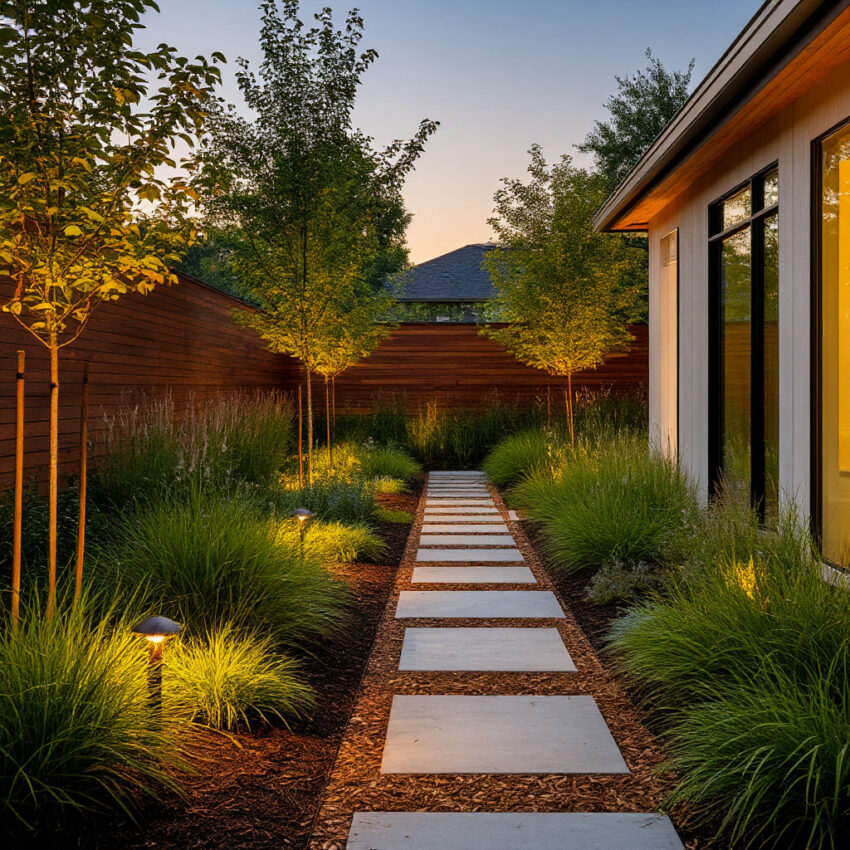
Homeowners across the country want yards that look good and make sense for the planet. Many ask what are the top sustainable landscaping trends in 2025? They want clear steps, fair costs, and results that last. In this guide, the phrase sustainable landscaping trends 2025 means practices and products that cut water use, lower emissions, and support local ecosystems while keeping outdoor spaces welcoming. The goal is a yard that fits the climate, uses smarter materials, and needs fewer resources over time.
These ideas matter because weather swings are tougher, water rates keep climbing, and rules are tightening in many cities. A well-planned yard now does more than decorate a lot. It manages stormwater, gives shade, cools hard surfaces, and shelters birds and pollinators. Many readers also look for “sustainable landscaping services USA” and want to know what to ask before hiring. Others keep a notebook of eco landscaping ideas they can try on weekends without heavy equipment.
Landscaping choices can shift a home’s footprint in quiet ways. A tree in the right place can drop cooling costs. Groundcovers can prevent erosion and protect soil life. A path made of permeable pavers lets rain soak in instead of flooding the curb. These moves add up across a block, which is why neighbors talk about yard sustainability trends at community meetings and HOA chats. Before we wrap up, you’ll get a free, printable checklist that turns the sustainable landscaping trends 2025 from ideas into weekend-ready actions. Save it to plan upgrades, track water savings, and avoid costly rework.
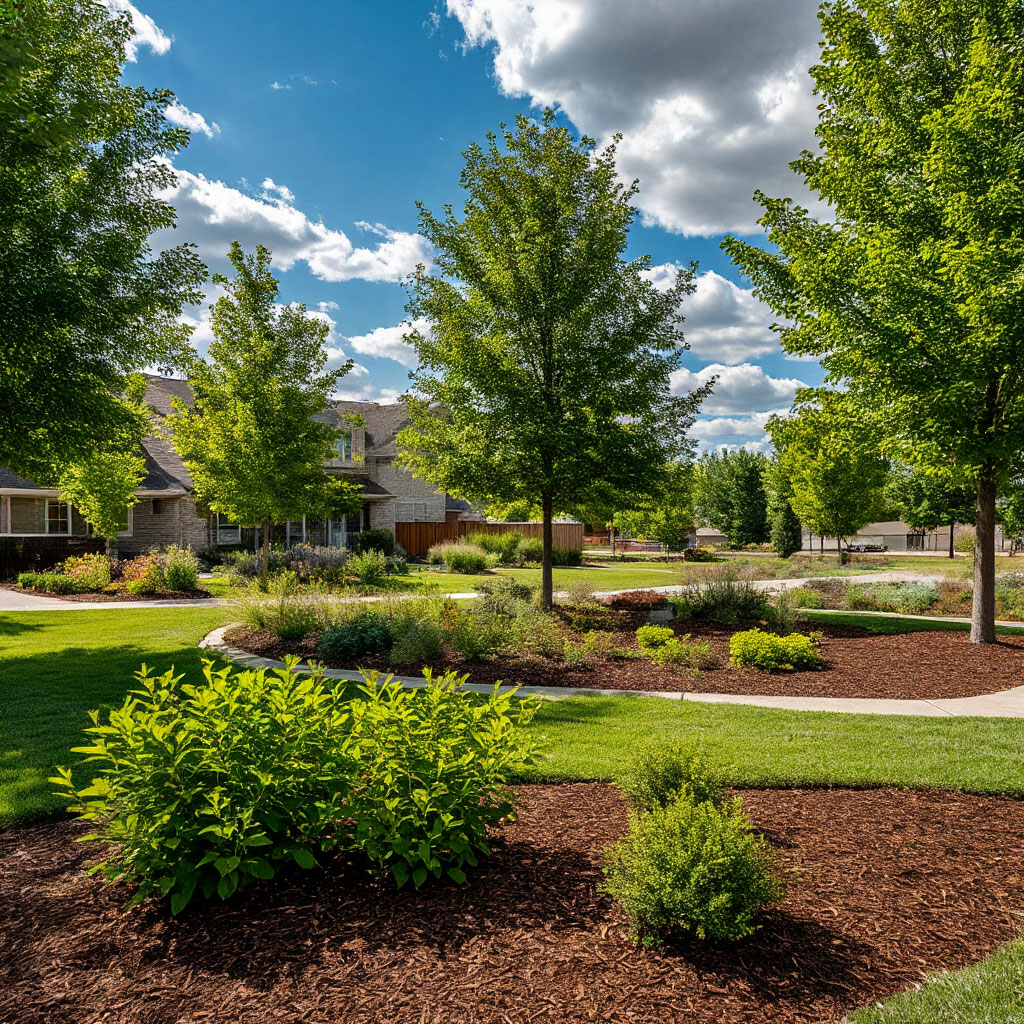
Why Sustainability Is Driving Landscaping in 2025
The push toward greener yards is not a passing fad. Homeowners see higher heat, longer dry spells, and bigger storms in the same season. They also feel costs from water, repairs, and replanting after stress events. That mix turns sustainable choices into basic risk management that aligns with sustainable landscaping trends 2025 across regions.
Climate Change and Eco Awareness
Hotter summers and intense storms change how plants behave and how soil holds water. People notice dead lawns after heat waves and soggy corners after downpours. They also notice the bills that follow, which sends them toward low-water turf, smart irrigation, and native layers. That direction lines up with green landscaping USA as builders, nurseries, and cities promote better choices.
Municipal results support the shift. A Portland, Oregon field study found green street planters reduced peak storm flows into sewers by up to 80% during moderate storms (2015, Portland). That kind of data pushes designers to plan climate-resilient landscaping that can handle stress without constant fixes. The term covers wind, heat, freeze, and erratic rainfall over the same year.
Steps follow a clear order. Pros map sun, wind, and drainage before any planting. They test soil, note roof runoff, and spot heat islands near drives or patios. Then they group plants by water needs and pick species that match the site. This approach also supports eco-friendly outdoor design with less waste across seasons.
Right plant, right place, right care—match species to the site, then maintain with restraint.

Top Sustainable Landscaping Ideas
The biggest gains come from simple systems that guide water, protect soil, and keep roots healthy. These tactics deliver steady results and fit many budgets. They also scale from small homes to corner lots. That is why many of the sustainable landscaping trends 2025 start here.
Rain Gardens and Native Planting
A rain garden takes runoff from roofs or drives and filters it through layered soil and deep roots. It reduces puddles, trims erosion, and feeds pollinators. The best beds use local species adapted to storms and drought. Homeowners size the basin to match their roof area and typical rainfall, then place overflow routes where water will not reach foundations. This trend fits the rise of rain gardens in mixed climates.
Evidence is strong. A University of Wisconsin–Madison monitoring project documented high infiltration rates and pollutant capture in residential rain gardens during multi-year observations (2007–2010, Madison). That research explains why many counties now publish plant lists and sizing charts. People who follow those guides often report fewer mosquito issues than before, because water drains within a day. Borders built from recycled landscaping materials keep costs down and continue the theme.
Practical quote: “You can’t manage what you don’t measure.” — Peter Drucker, management thinker. In yards, that means tracking roof area, typical storm depth, and soil type before digging.
Detailed steps
Before building, walk the site during a normal rain and watch where water travels. Note the downspout with the strongest flow, then choose a spot 10 feet from the foundation with a natural slope. Mark utilities before any excavation and confirm your soil drains within 24 hours after a bucket test.
- Measure roof or paved area and log average storm size.
- Pick a basin location away from septic fields and tree trunks.
- Excavate a shallow bowl and mix in compost for better infiltration.
- Plant in zones: wet-edge sedges in the lowest ring, hardy perennials mid-slope, woody shrubs on the rim.
- Armor the inflow with stone to slow the rush of water.
- Mulch lightly and monitor the first few storms.
A well-built basin becomes a highlight, not a sump. It manages water while adding color and wildlife value. Many owners who try it move next to sustainable backyard design features like layered hedges and micro-meadows for year-round interest.
Permeable Driveways
Drives and walkways can shed less water with open-joint systems. These surfaces use voids or tight aggregates that let rain sink through. Crews grade sub-bases to hold and slowly release stormwater. The result cuts runoff and heat while meeting load needs for cars. People like that these systems pair with clean lines and subtle edging. The category includes grids, resin-bound blends, and modular permeable pavers rated for freeze-thaw.
Performance is not guesswork. Chicago’s Green Alley Program reported consistent infiltration improvements and reduced localized flooding on pilot blocks using permeable pavements (2014, Chicago). Homeowners see fewer icy sheets in winter because meltwater moves down instead of glazing the surface. Annual vacuuming keeps voids open, and simple filters at inlets stop fines from clogging the base.
Practical quote: “Right tree, right place” — USDA Forest Service. The same rule applies to pavement: choose systems suited to loads, soils, and climate so they work for decades.
Required list for this chapter
- Native layers reduce inputs and boost habitat.
- Infiltration surfaces lower runoff and heat.
- Compost, mulch, and smart plant grouping keep soil alive.
- Simple overflow routes prevent damage in big storms.
- Seasonal checks lock in performance year after year.
Drive surfaces do heavy work in a storm. Letting them absorb water relieves street drains and protects nearby beds. This is why sustainability in suburban yards often starts with the driveway upgrade before any major planting.
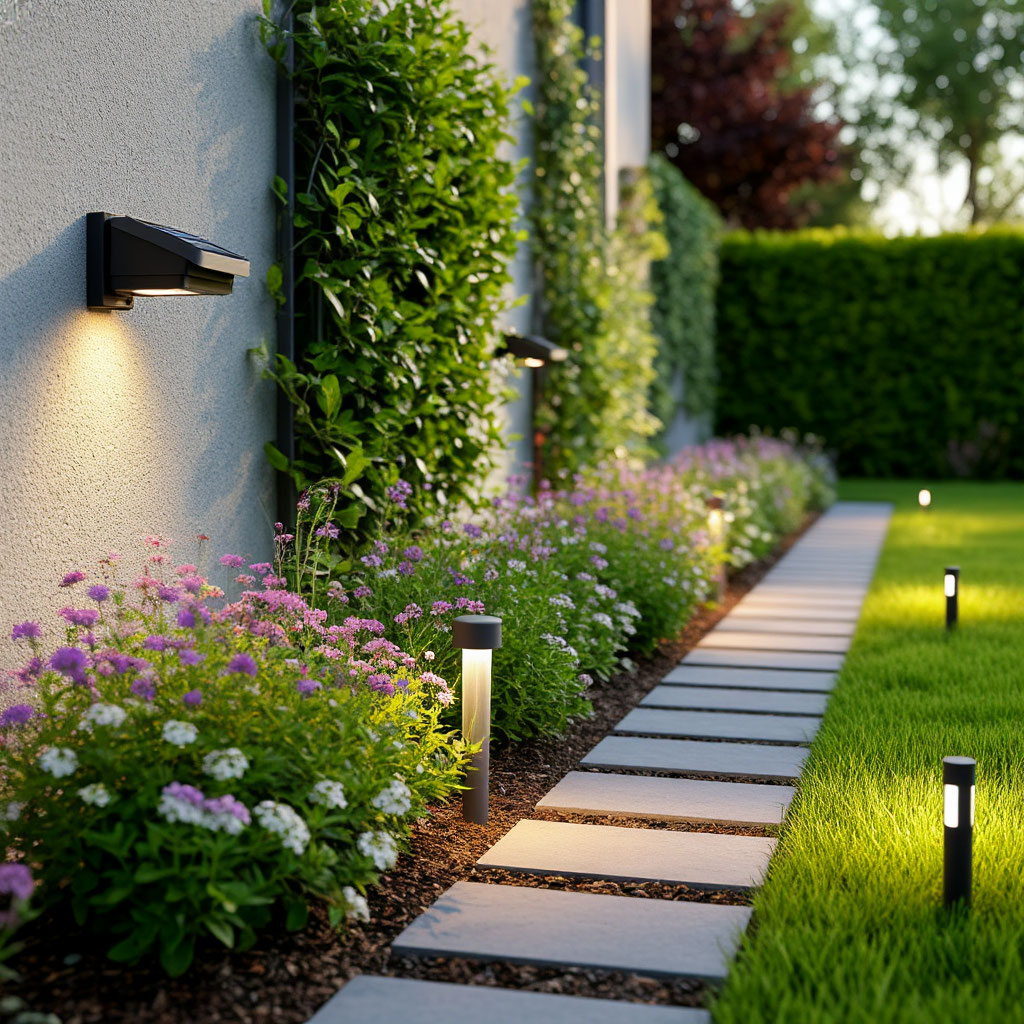
How Technology Supports Eco Yards
Tools and controls make good plans easier to maintain. They cut waste, send alerts, and nudge habits in the right direction. Households get better results with less tinkering. That is a big reason sustainable landscaping trends 2025 include smarter gear across zones.
Smart Irrigation Systems
Controllers that adjust by weather cut waste without constant fiddling. Sensors check soil moisture, and zones run only when needed. No one wants sprinklers active during rain or right after a cool snap. Good layouts separate turf from beds, because each zone needs different run times. This approach aligns with water-saving landscaping 2025 programs many cities now fund with rebates.
Outcomes are measurable. A Metropolitan Water District study tracked 20–40% outdoor use reductions after installing weather-based controllers with proper zoning (2018, Southern California). Matched nozzles improve coverage. Pressure regulation stops misting that blows away. Drip for beds gets water to roots and avoids wet foliage. Annual audits catch clogged emitters or broken heads before plants fail.
Practical quote: “Arborist wood chips are the best mulch material for woody plants.” — Linda Chalker-Scott, PhD, Horticulturist, Washington State University. Mulch lowers evaporation and helps irrigation changes pay off faster.
Solar Lighting Trends
Low-voltage systems now pair with efficient fixtures and simple timers. Many homeowners add solar path lights to cut wiring and trenching. Panels and batteries improved, so run times are longer and color is warmer. Well-placed beams reduce trips and highlight textures at night. This setup supports eco-conscious landscape architecture while protecting dark skies.
Comparison table for this chapter
| Feature | Smart Irrigation | Solar Lighting |
|---|---|---|
| Primary benefit | Cuts water use with weather-based control | Lowers grid demand with off-grid fixtures |
| Typical payback | 2–4 irrigation seasons | 1–3 years on power savings |
| Maintenance | Seasonal audits, filter flush, nozzle checks | Panel cleaning, battery refresh after several years |
| Best use case | Zoned turf and beds in mixed sun patterns | Paths, steps, accent trees, and wayfinding |
| Key risk | Poor zoning or pressure imbalance | Shaded panels or snow cover reduce output |
Before upgrades, map every valve and test static pressure at the hose bib. Label zones so run times make sense, then move beds to drip with simple filters. After that, place solar fixtures where panels get six hours of sun and avoid glare into windows.
Tech should simplify, not complicate. A few smart choices can support carbon neutral gardening goals over time by slashing waste and lowering energy demand.
Measure, then automate—audit water and power first, automate second for faster payback.
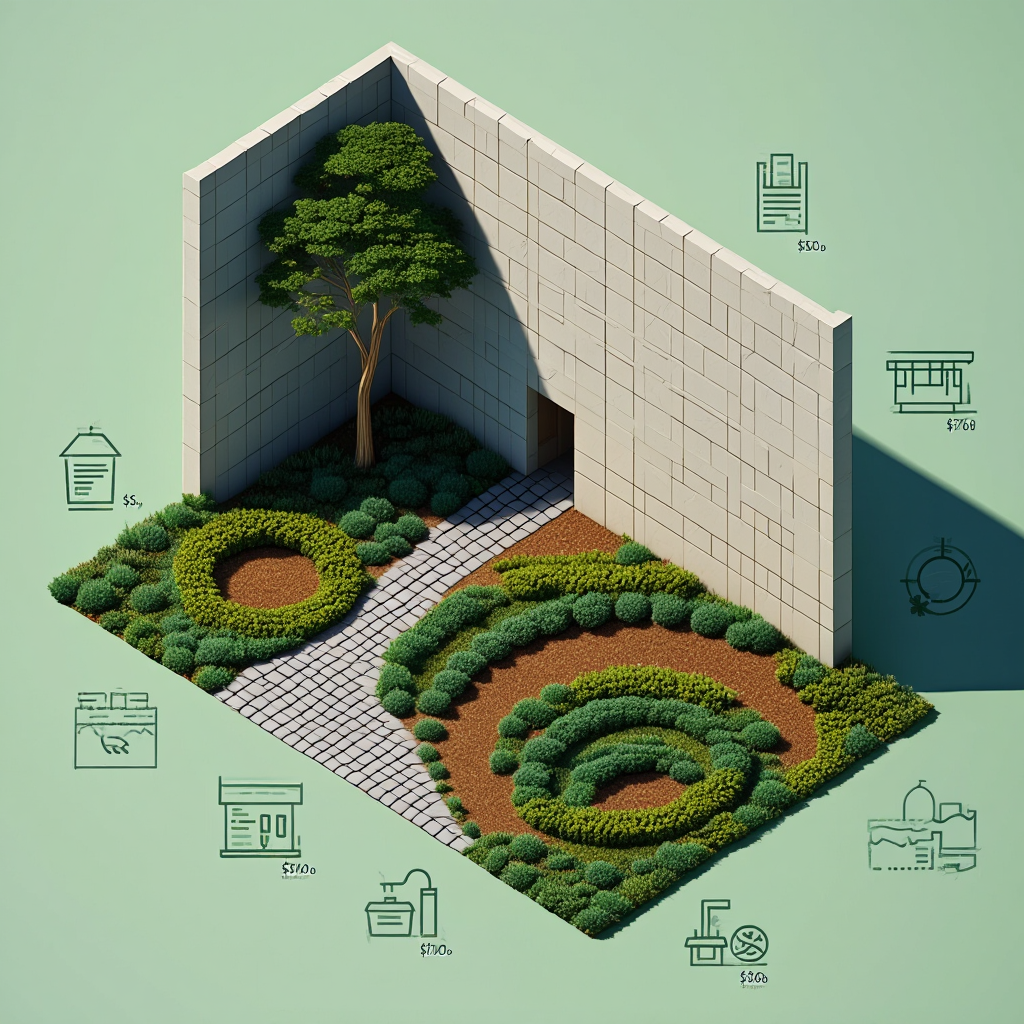
Cost vs Long-Term Benefits
Upfront spending can look steep in the estimate. The picture changes after a few seasons of lower bills and fewer replacements. Drip lines reduce water and plant loss. Shade trees lower cooling costs when placed on the west or south side. Infiltration features avoid fees tied to stormwater. Incentives shorten payback, which is why many families lean into sustainable landscaping trends 2025 as a multi-year plan.
Savings on Water Bills
Bills tell the story better than slogans. Households that switch to zoned drip on beds often cut outdoor use by a third or more. Turf that fits the space—and not the other way around—needs fewer hours each week. Regular audits add small gains that stack up. Those habits mirror drought-friendly yards in regions with stricter rules.
Real-world numbers help. Arizona State University researchers mapped urban heat mitigation from tree canopy and found surface temperatures dropped by 20–45°F under shade in summer (2019, Phoenix). Lower heat means gentler watering schedules and less stress on plants. That translates to fewer replacements and lower maintenance. When combined with eco home improvement rebates for high-efficiency gear, owners see quicker returns.
Before changing hardware, collect last year’s water bills and set a baseline. Then log zone run times for a month and compare to plant health and weather. Fix leaks and adjust pressure before buying new heads. After that, add drip where shrubs and perennials dominate.
- Get two quotes and ask about maintenance, not just install.
- Confirm warranty terms on controllers, valves, and fixtures.
- Check for city rebates on irrigation, trees, and permeable surfaces.
- Ask for a seasonal service plan before signing.
- Request a walkthrough to learn shutoffs and controllers.
Owners who run the numbers often phase in upgrades. That keeps budgets steady and progress visible. The same method supports eco landscaping ideas that pay back in comfort and resilience.
Phase for impact—start with leaks and run times, then add infiltration, then upgrade hardware.

How to Start Sustainable Landscaping at Home
Change starts with a simple audit and a short priority list. A quiet walk-through during a watering cycle reveals puddles, dry patches, and runoff lines. Sun patterns tell where plants bake or fail to dry. Downspouts and edges show where soil erodes. With that map, homeowners can plan a few high-value moves that match sustainable backyard design without overextending time or money.
Small wins build support in the household. A barrel on the back corner feeds a bed without tapping the hose. A groundcover test patch shows what thrives in dappled shade. A tree planted in fall roots deeply before summer heat. Notes on survival and growth guide the next round. Neighbors share sustainability in suburban yards stories that reveal incentives and local plant lists worth saving.
Step-by-step starter plan
Before the first tweak, set a clear goal for the season. Decide whether to focus on water, storm control, or shade. That focus keeps weekend efforts on track and helps compare results later.
- Audit water: read the meter before and after one irrigation cycle.
- Fix basics: repair leaks, cap broken heads, and correct spray aim.
- Right-size turf: convert little-used strips to beds or paths.
- Add infiltration: direct one downspout to a small basin.
- Plant native layers: begin with hardy grasses and one shrub group.
- Set maintenance: calendar checks for mulch, valves, and pruning.
Practical quote: “A plant is only worth growing if it still looks good when it’s dead.” — Piet Oudolf, garden designer. Choose structure and texture so winter views hold up after blooms fade. That mindset shapes eco-friendly outdoor design that looks good year-round.
Once the base is solid, add a driveway upgrade or extend beds. Each move reduces waste and raises comfort. Households that keep records stick with the plan and share results, which spreads eco-conscious landscape architecture ideas through the neighborhood.
Embedded search patterns that match real queries
Many readers type “what are the top sustainable landscaping trends in 2025?” when they begin research. Others compare crews by searching “sustainable landscaping services USA” to see reviews, licensing, and project photos.
Across these searches, people also explore carbon neutral gardening primers to learn about electric tools, composting, and simple soil practices that store carbon without complex setups.
FAQ
How to choose plants that survive heat and storm swings?
Pick species with deep or fibrous roots, waxy or narrow leaves, and proven performance in your region. Group them by water needs and place tougher selections on edges that face wind or reflected heat. Check local extension lists, then test a small patch before scaling up. This practice fits eco home improvement plans that start small and scale.
Why pick permeable surfaces over standard concrete?
They reduce runoff, ease pressure on drains, and keep surfaces cooler. Maintenance is straightforward with annual vacuuming or sweeping. In cold regions, they also help prevent ice sheets by letting meltwater infiltrate. These benefits align with permeable pavers used on drives and walks.
What’s better for beds, drip lines or sprays?
Drip delivers water to roots with less loss from wind. Sprays can work for turf if pressure and nozzles match across the zone. Many yards use both, with sprays limited to grass and drip serving shrubs and perennials. That mix supports water-saving landscaping 2025 targets.
How to size a rain garden without engineering software?
Use roof area and typical storm depth to estimate volume, then build a shallow basin with an overflow route. Start small, monitor the first season, and adjust plant density and mulch after big rains. The approach belongs with stormwater gardens that thrive on modest care.
Why add solar lights instead of hardwired fixtures?
They avoid trenching and lower power bills. Newer panels and batteries deliver longer run times with warmer color. Place panels in sunny spots, and keep leaves and snow off to maintain output. This choice supports yard sustainability trends that favor low-energy gear.
Before the wrap-up, here’s a fast tour through sustainable landscaping trends 2025. See how to pair smart irrigation with native layers, add permeable pavers, and lean on recycled materials to cut water use, cool hardscape, and boost habitat—actionable tips you can apply this season.
Conclusion
The direction is clear across neighborhoods and cities. People want landscapes that ride out heat, soak up rain, and cut waste without losing comfort. They want looks that last and systems that run with less fuss. The ideas in sustainable landscaping trends 2025 offer that roadmap in practical steps.
Start with a simple audit and fix the leaks. Add infiltration and native layers where they make the most sense. Upgrade controls and lighting only after the basics are steady. With that order, the yard begins to save money and support the local environment. Readers who follow this plan often share photos with neighbors, which spreads the momentum.
Anyone ready to act can sketch a quick plan, call two licensed pros, and ask about maintenance, not just install. That conversation sets clear expectations and service schedules. As the season unfolds, the home becomes a quieter, cooler place to be. That is the promise behind sustainable landscaping trends 2025, and it is within reach for any lot size.
Ready to act? This color-coded checklist distills today’s sustainable landscaping trends 2025 into clear steps—audit irrigation, add infiltration, choose native layers, and schedule maintenance. Use it to prioritize tasks, capture rebates, and measure payback over the next 2–4 seasons.
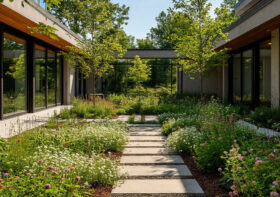

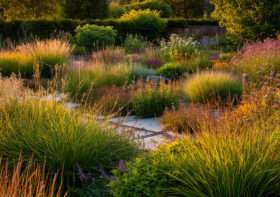
Leave a Reply